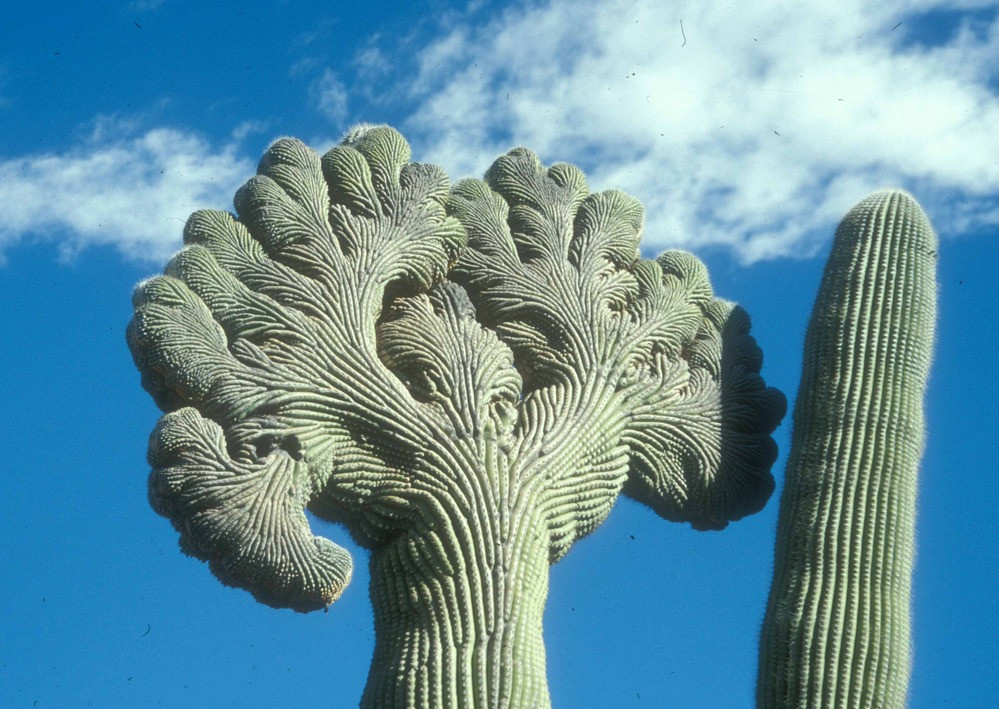Are you set to discover the beauty of Saguaro National Park?
This amazing desert paradise has iconic saguaro cacti and a variety of plants and animals.
It’s one of the most visited national parks in the US.
Let’s find out how to get the best out of your trip! Here, we give you practical advice on how to have the best outdoor adventure at Saguaro National Park.
Introduction
Saguaro National Park lies in the heart of Arizona.
It is a mesmerizing marvel with stunning landscapes and teeming with towering cacti. When you step in, you are taken to an unbelievable world.
It has sprawling desert vistas and captivating biodiversity, calling adventurers from near and far.
Delve deeper and you will find saguaro cacti, standing tall like silent sentinels. They can reach heights of up to 60 feet!
The park has two districts – Tucson Mountain and Rincon Mountain – with their own unique beauty.
The park has a rich history in Native American culture.
Tribes such as the Hohokam, Tohono O’odham, and Apache have called this land home for centuries.
They used every part of the saguaro cactus for food, shelter, and medicine.
Today, visitors can learn about this relationship through exhibits and interpretive programs.
The saguaros have been standing tall and winning the desert game for centuries.
Location and History
Saguaro National Park – famous for its cacti & history – can be found in Arizona’s south.
Let’s explore this park’s captivating features!
This national park is split into two parts: Tucson Mountain District (west) & Rincon Mountain District (east).
Each district offers a unique experience with its own flora & fauna.
Tucson Mountain District sprawls across 24,000 acres, featuring Bajada Loop Drive and views of saguaro forests, mountains & desert.
Meanwhile, Rincon Mountain District covers 42,000 acres, with picturesque trails through lush desert landscapes and tall saguaros.
President Herbert Hoover declared it a national monument in 1933. In 1994, it was officially established as a national park to preserve its natural beauty.
The saguaro cactus is the park’s iconic symbol, playing a big role in its landscape & cultural heritage.
Exploring this hidden gem, you’ll find towering cacti & ancient petroglyphs from Native American tribes. These historical remnants remind of the connection between humans & nature that has endured for centuries.
Geography
The geography of Saguaro National Park is unlike any other – with majestic saguaro cacti dominating the scenery, this national park offers an incredible view into the beauty of the Sonoran Desert.

(Photo by NPS / SAGU)
Let’s explore some key aspects:
- Area: 91,445 acres (147 square miles) in southern Arizona.
- Elevation: From 2,180 to 8,666 feet above sea level.
- Mountain Ranges: East District – Rincon Mountain Range. West District – Tucson Mountain Range.
- Desert Landscape: Vast expanses of saguaro cacti, prickly pear cacti, cholla cacti, and other desert flora.
- Riparian Areas: Rare streams with diverse plant life.
This park experiences hot summers and mild winters. It’s also home to coyotes, javelinas, bobcats, desert tortoises, and over 200 bird species.
The saguaro cactus is a symbol of the American Southwest and a vital part of the desert’s ecology.
To make the most out of your visit:
- Hiking Trails – various levels of difficulty for hikers of all skill levels.
- Scenic Drives – Bajada Loop Drive (West District) & Cactus Forest Loop Drive (East District).
- Ranger Programs – learn from knowledgeable experts for a deeper understanding.
By appreciating the unique geography of Saguaro National Park and following these suggestions, visitors can engage with this pristine desert environment while fostering environmental stewardship and cultural appreciation.
Dress for the climate – scorching hot or slightly less scorching hot!
Climate
Saguaro National Park has an arid climate. Summers are hot, reaching 110°F (43°C), and winters are milder at 65°F (18°C).

It hardly ever rains, with just 12 inches (30 cm) a year. The desert climate is what makes this park so special.
The desert plants here are amazing – saguaro cactus, ocotillos, and prickly pears thrive. Wildlife like javelinas, coyotes, and tortoises have adapted to survive.
Plus, during summer there are thunderstorms – brief, but intense – that bring much-needed rain.
The National Park Service is working to conserve the Sonoran Desert ecosystem.
It’s home to many species and plays a key role in preserving biodiversity in Arizona’s desert.
Flora and Fauna
Explore the wild world of Saguaro National Park where a rich variety of plant and animal life thrive in perfect harmony.
Discover the unique details of this remarkable ecosystem, from the Giant Saguaros dotting its landscape to the elusive Bobcats roaming its mountains.

Delve into this captivating sanctuary and experience nature at its finest. Uncover the wonders of this park as you observe its enchanting flora and fauna firsthand.
Don’t miss out on this opportunity to explore the twisted ecosystem of Saguaro National Park – where even the cacti have more personality than your Tinder matches!
Indulge your senses and witness its awe-inspiring beauty today.
Ecosystem
The realm of Saguaro National Park is vibrant and captivating, with a unique ecosystem full of life.
The plants, animals, and their environment are in perfect balance, intertwined in a delicate web.
The flora here is remarkable. It features majestic saguaros, barrel cacti, and sturdy ocotillos.
These giants offer shelter and sustenance to the fauna, such as bobcats, coyotes, and javelinas.
Take your time to admire the intricate tapestry of life that you see. Every creature has its place in this ecosystem, making it strong and preserving it.
Don’t miss the chance to witness this marvel – visit Saguaro National Park now!
Although conservation is no joke, Saguaro National Park shows that protecting cacti can be a spine-tingling experience.
Conservation
Conservation is key for preserving the beauty and balance of Saguaro National Park.
Here are some points to know:
- Biodiversity: Protecting Saguaro helps keep diverse plants and animals safe, and helps keep the ecosystem strong.
- Sustainable Development: Conservation means visitors can enjoy the park without harming natural resources or disrupting delicate ecosystems.
- Water Conservation: Good water management helps keep water sources safe, for wildlife and people.
- Climate Change Mitigation: Conservation helps reduce gas emissions, protecting Saguaro from climate change effects.
- Cultural Heritage: Conserving helps protect cultural artifacts and sites, honoring the region’s indigenous people.
- Partnerships: Conservation works better if governments, communities, and organizations work together.
And, Saguaro National Park offers a special experience. From hikes through saguaro forests to educational programs, there’s lots to unearth.
Let’s be part of the solution! Support conservation, promote sustainable practices, and spread awareness about Saguaro National Park’s importance.
That way we can ensure generations to come will get to enjoy this remarkable park. So, what are you waiting for? Get out there and explore!
Recreation
Saguaro National Park is a great spot to have fun! You can go hiking, camping, wildlife watching or even picnicking.
- Discover the park’s trails and get a look at the saguaro cacti!
- Camp out and spend the night in the desert.
- Look for the wildlife that calls this park home.
- Bring a lunch and enjoy a picnic in nature.
For an extra special experience, visit during the annual Saguaro National Park Celebration! It features music, art and traditional ceremonies.
Remember: this park was created to protect the cacti and the desert ecosystem.
By preserving it, we can keep enjoying the recreational activities for future generations.
Take advantage of the cacti-filled desert to snap some awesome selfies!
Tourism
Welcome to Saguaro National Park in Arizona! Admire the iconic saguaro cacti, which grow up to 40 feet tall and live for over 150 years.
Discover the park’s diverse wildlife, including javelinas, coyotes, roadrunners, and even the endangered Mexican spotted owl.
Tour guides offer insight into the park’s geological formations, Native American culture, and conservation efforts. For a truly mesmerizing experience, plan your trip during sunrise or sunset.
The golden light casts a magical glow on the saguaro cacti. Don’t forget to bring your camera and capture unforgettable moments in this desert paradise!
Future
Saguaro National Park, in Arizona, is a stunning example of Mother Nature’s resilience.
There are plans to protect its magnificence and provide visitors with meaningful experiences.
Conservation efforts are vital; climate change is a huge threat to our planet, so preserving the park’s diverse ecosystem is essential.
Already, efforts are being made to stop invasive species and reduce fire risks, so future generations can enjoy its amazing plants and animals.
The park’s visitor programs are always changing.
For example, projects with local Indigenous communities enhance educational chances while respecting ancestral connections to the land.
Future plans include tours focusing on traditional Native uses of plants.
These are not just educational but also help visitors understand the area more deeply.
An incredible story to highlight Saguaro National Park’s importance is of a group of school children.
They took part in an environmental restoration project and were so inspired, they started conservation efforts in their own neighborhoods.
This shows how Saguaro National Park teaches responsibility and stewardship to its visitors, making a lasting impact on people and society.
FAQ
What is Saguaro National Park?
Saguaro National Park is a national park located near Tucson, Arizona. It is home to the iconic saguaro cactus and offers stunning desert landscapes, hiking trails, and opportunities for wildlife viewing.
How do I get to Saguaro National Park?
There are two districts of Saguaro National Park: the Tucson Mountain District (west) and the Rincon Mountain District (east). Both districts can be easily accessed by car via separate entrances, and there are also shuttle services available.
What activities can I do in Saguaro National Park?
Visitors can enjoy a variety of activities in the park, such as hiking, birdwatching, picnicking, camping, and guided ranger programs. There are trails of varying difficulty levels, allowing visitors of all ages and abilities to explore the park.
Can I see wildlife in Saguaro National Park?
Yes, Saguaro National Park is home to a diverse range of wildlife. Visitors may encounter desert animals such as coyotes, javelinas, roadrunners, and various species of birds. It is important to observe wildlife from a safe distance and not to feed them.
What is the best time to visit Saguaro National Park?
The best time to visit Saguaro National Park is during the cooler months, from November to April. The temperatures are more comfortable for outdoor activities, and the park offers beautiful wildflower blooms during spring. However, the park can be visited year-round.
Are there camping facilities in Saguaro National Park?
Yes, Saguaro National Park has several campgrounds available for both tent and RV camping. These campgrounds offer basic amenities such as picnic tables, restrooms, and water, but there are no hookups for electricity or showers.




Leave a Reply